Using war games as a teaching aide
This post is a bit late, but I wanted to write something about my experience TAing for Professor Philip Sabin’s BA class about World War 2. Professor Sabin runs a module on Conflict Simulation for MA students, and another ConSim student and I had the chance to run a World War 2 simulation for his BA students.
I haven’t had a lot of experience with manual, tabletop war games other than commercial products like Diplomacy, Risk and Axis & Allies. The war games we’ve been discussing in Conflict Simulation operate on a completely different plane of experience. I must admit, as a child of the personal computer age, I was very reluctant to believe that a manual game played with counters on a board could offer any insights of academic interest. The rules for Professor Sabin’s Second World War game (available for free download) come out to around 2,300 words and can easily be played in an hour. A computer-based simulation, on the other hand, can be made as advanced or as detailed as desired with minimal loss of playability, as the computer handles any complex calculations and dispassionately enforces all the rules.
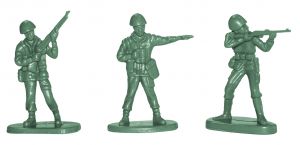
Conflict Simulations are not just fun and games
Yet, as I moderated a war game for Professor Sabin’s BA students, I realized the value of even a relatively simple game as Sabin’s Second World War. Nine students crowded around the table in front of a map of Europe; three playing as the Axis, three as the Western Allies, and three as the Soviet Union. They had the same look of reluctance I initially did, unsure of why their professor was so enthusiastic about getting them to learn and play this strange-looking game. Within fifteen minutes, their reservations were forgotten as they hotly debated their war strategies. Out of nine students, only one was not actively engaged in discussing troop movements, attacks, and trying to predict the enemy’s future actions.
Second World War is a very simple game, albeit with many specific rules that one must keep in mind (and which would be greatly aided by computer enforcement). Chance, in the form of a die, certainly plays a role (as happened in our game, where the Soviet players were frustrated in their attempts to push Germany back by some very unlucky die rolls), but not an overwhelming one. My German players, for example, were so excited about invading Russia that they neglected to protect France (a mistake I admittedly should not have let them make), practically inviting a very early Allied assault in 1942. The players on all sides were learning the importance of not only the decisions war leaders made historically, but also the ones they could have made but ultimately didn’t and why. Simulations have not thus far made very good predictive tools (unless your name is BDM, apparently), but they can help students understand history and give them a tangible experience for concepts like attritional warfare, maneuver, front lines, etc.
The students were certainly not the only ones who benefited from the game. I witnessed the Axis side ultimately fail as the three players spent copious amounts of time trying to form decisions, coming to compromises that did a better job pleasing everyone than actually winning the game. The Allies, meanwhile, fielded six personalities but had a much easier time coordinating their actions. The difference came down to Allied players willing to abandon their own ideas when a colleague presented a superior one. The Axis player started from a position of strength, much as the real Axis did. They thought themselves more or less invulnerable, with victory always just one or two turns away. (In the end, the Axis won on a technicality; the rules awarded victory to the Axis if they could survive longer than Germany did historically. They were surrounded on two sides and military defeat would have been inevitable had the game continued.)
War is not the only subject that can be illuminated by games in the classroom. The Intro to IR blog has a post about a simple simulation called Candyland, which, as the name suggests, uses candy and a set of easy to understand rules to give students some firsthand experience with ideas like power, trade, and economics through an accessible model. Like Second World War and Eastern Front (another game by Professor Sabin that I will write another post about), Candyland works beautifully despite its simplicity because of a carefully designed set of rules that incorporate the important elements of study, while abstracting the elements that are very much part of the model you’re exploring yet not necessary to flesh out in detail.
Needless to say, I’m very much looking forward to trying out some more simulations and learning how to adequately design my own war game for Operation Fardh al-Qanoon.

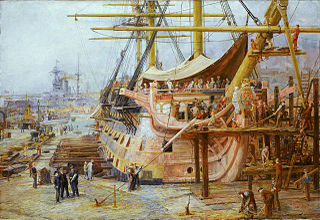

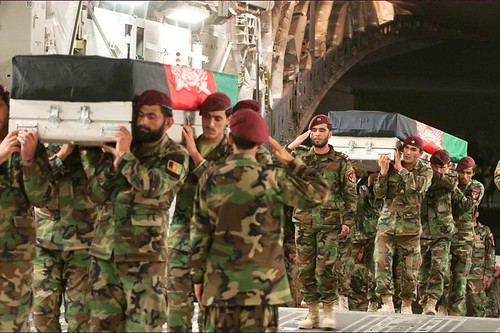


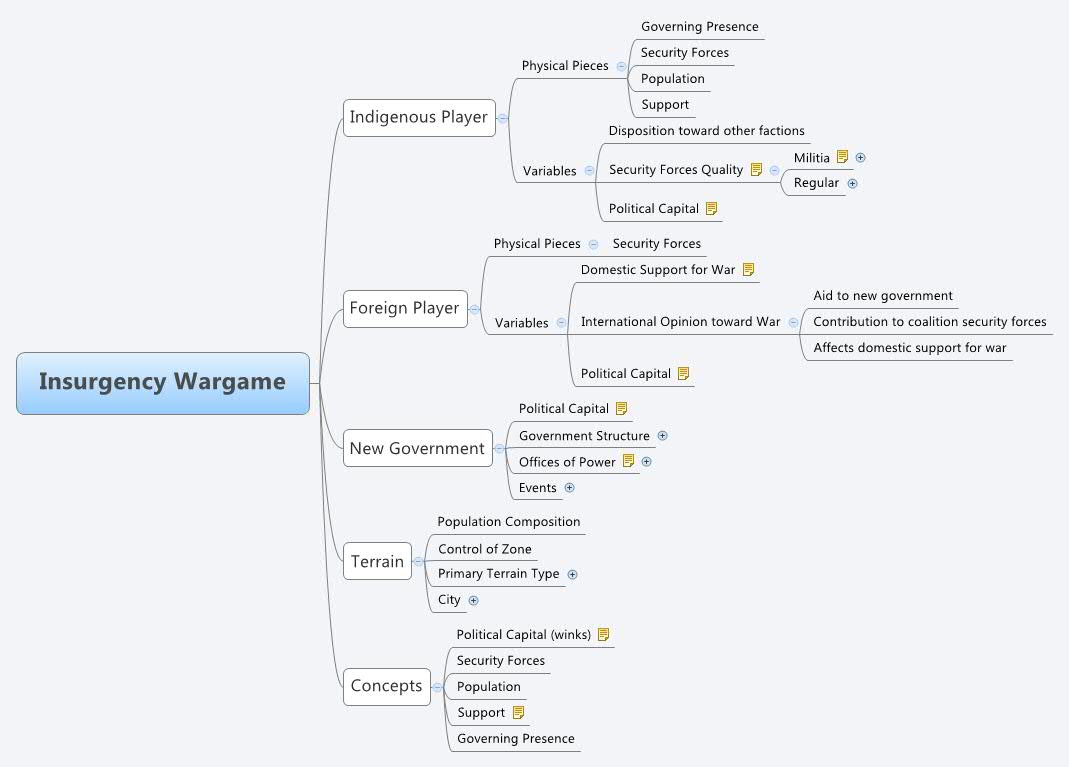
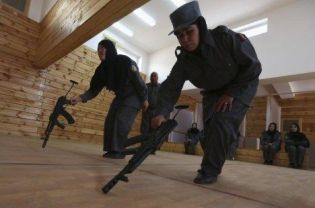


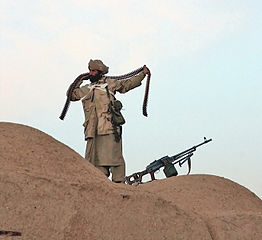
Thanks for the mention! I’ll be posting about some more simulations I’ve used in the coming weeks as well.